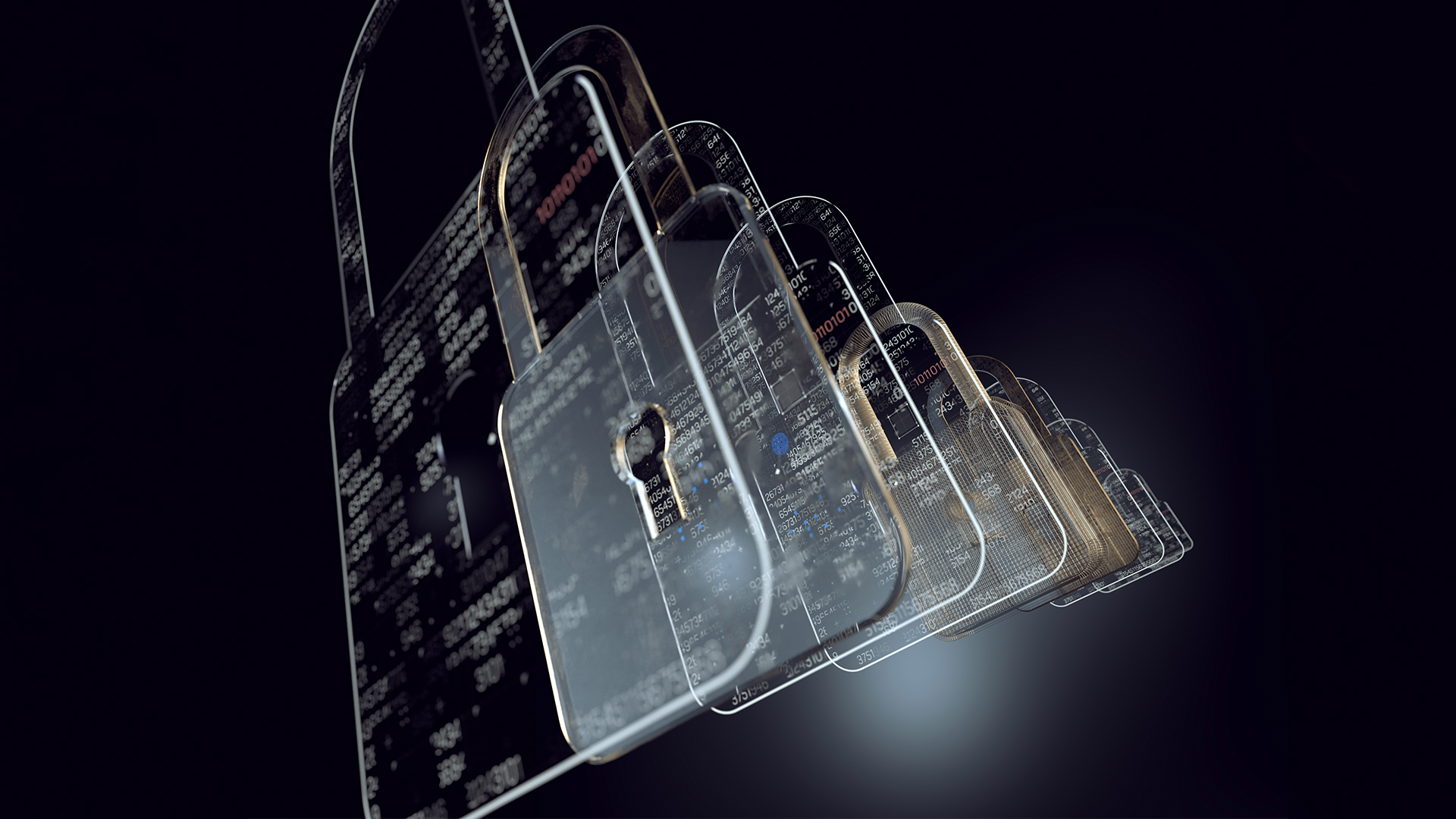What is encryption and how important is it?
Organizations have three critical tools at their disposal to ensure strong cybersecurity: encryption, authentication, and authorization. Encryption is one of the most helpful, first-level layers to protecting your data and staying cyber resilient.
In this blog, you’ll learn about what it is and what happens when you encrypt your data. You’ll also discover how end-to-end data encryption helps to prevent data breaches so you can better defend your organization from cyberattacks.

The first tool: Encryption
In simple terms, encryption is the process through which data is encoded so that it remains hidden from or inaccessible to unauthorized users. It helps protect private information, sensitive data, and can enhance the security of communication between client apps and servers. In essence, when your data is encrypted, even if an unauthorized person or entity gains access to it, they will not be able to read it.
How to encrypt data
The process itself is fairly straightforward: an encryption key uses an algorithm to translate (encode) plaintext or readable data into unreadable data or ciphertext. Only the corresponding decryption key can decode the scrambled ciphertext back into readable plaintext.
Symmetric and asymmetric encryption
Symmetric
There are two types of encryption algorithms: symmetric and asymmetric. Symmetric means that both encryption and decryption keys are the same, so the same key must be used to enable secure communication. Symmetric algorithms are commonly used for bulk data encryption and are fast and easily implemented by hardware. The downside is that anyone with that decryption key can decrypt your data even if it’s not intended for them.
Asymmetric
Asymmetric is when two separate but mathematically linked keys are used. This includes a public key that encodes the data and can be distributed and a private key that decrypts the data and is kept private.
Through the use of a private key, the asymmetric method eliminates the preliminary exchange of secret keys. Since public keys can be shared with anyone this provides an underlying architecture for digital certificates, digital signatures, and a Public Key Infrastructure (PKI). The disadvantages are that it is slower than symmetric and requires greater computing power.
Encryption is a critical cybersecurity tool
Cybersecurity threats aren’t slowing down. Year over year, there’s been an increase in the number cyberattacks and the level of sophistication used to gain access to information.
To keep data and systems protected, businesses absolutely need encryption. It’s one of the most effective tools available to keep your important information out of the hands of malicious individuals. If attackers manage to access your system data, these methods ensure they can’t see, read, or do much with the information. The data will remain undecipherable without access to the encryption key.
What does Security-of-Security mean?
The term, Security-of-Security, is about making sure all aspects of your physical security system, including communications, servers, and data, are as secure as possible. You should be able to keep your entire system safe from cyber threats and attacks as well as illegal or unauthorized access.
That’s why one of the first steps is to prioritize the importance of securing the data in your physical security system. Specifically, it’s good practice to assess the types of information you collect and what that information allows people to do.
But it doesn’t stop there. Enhancing your cybersecurity defenses requires constant re-assessment and new strategies. There’s also a growing need for continuous verification rather than just hardening networks and systems.
For this, organizations need access to more automated tools such as cybersecurity risk scoring, system vulnerability alerts, and frequent firmware and hardware updates. Partnering with a provider that prioritizes cybersecurity in the development of their solutions can help. You’ll not only be able to stay informed about the latest cyber threats, but you’ll also get the right tools to mitigate them.
What’s next?
In the next blog, you’ll learn about another key tool needed to maintain a strong cybersecurity posture: authentication. Find out how authentication helps to determine if an entity-user, server, or client app is who it claims to be.
